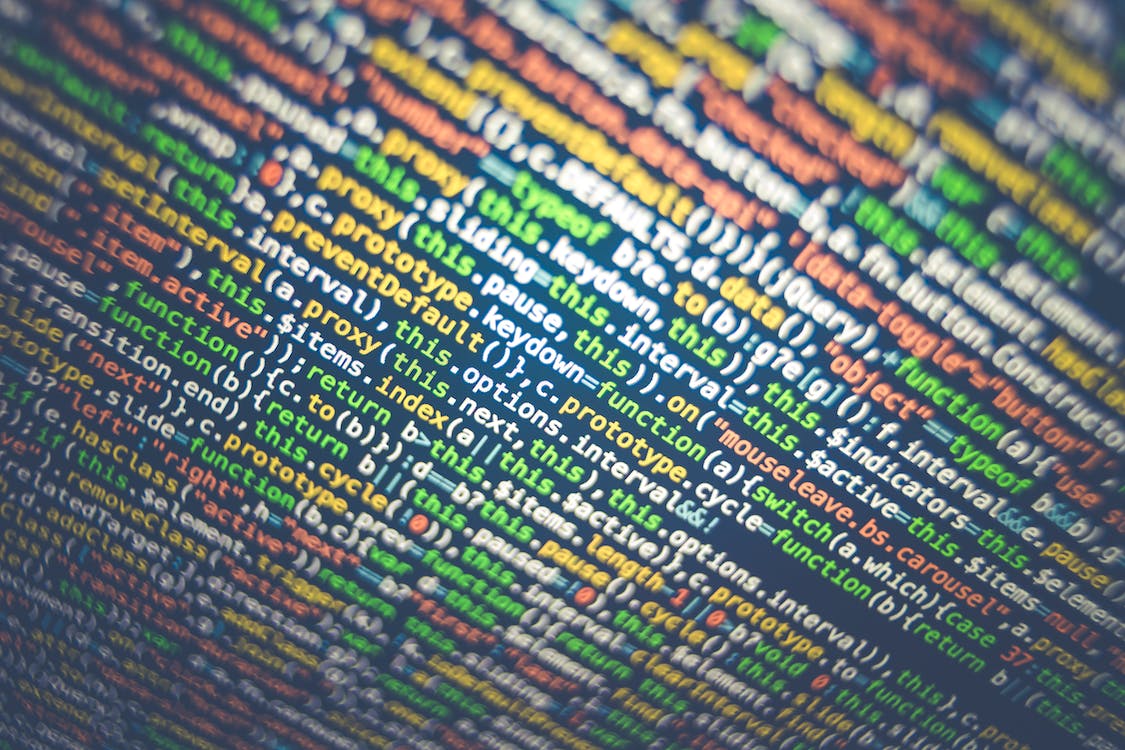The Key to Unlocking Efficient and Scalable Development
08 Feb 2023
What is Coding Standards
Coding standards are software code guidelines that ensure consistency, clarity, and maintainability of code writing. By standardizing the standards for writing code, it is possible; often, these standards help to program to have higher quality and fewer bugs. Coding standards include:
- Indentation and white space: Make the code look clearer and easier to read by limiting spaces and using whitespace.
- Coding style: The coding style allows for better planning of writing code to avoid code duplication and reduce writing.
- Error handling: Coding standards allow better avoidance of low-level errors and handling of errors and exceptions. This usually includes debugging procedures as well as testing of the code.
- Naming conventions: Naming standards allow other programmers to understand better the role memory of variables to track the scope of where the variables are located.
- Commenting: Proper commenting allows for a better explanation of what the code does to increase maintainability later.
Why using Coding Standards
Coding standards can not only plan to program but also help you learn programming languages. From a new programmer’s perspective, a clean and easy-to-understand code presentation allows for a better understanding of what the code does and learning the coding standards so that you can continue the habit of coding standards, which helps newcomers to write without confusion about formatting and naming and thus increase efficiency. In addition, coding standards usually do not limit programmers to one type of programming software, as they are highly customizable and allow programmers to master a variety of programming software quickly; for example, the coding standard may specify the use of specific libraries or tools and facilitate the extension of the standard for writing code. Although coding standards may not be a factor in learning a programming language, their practice is designed to make learning more efficient and better planned.
The following are example of a student just started learn programing without using coding standards when I’m a ATA:
for(... ...) {
if(... ...) {
... ...
}
else if(... ...) {
... ...
}
else {
... ...
}
... ...
}
This is an example of using coding standards:
for (... ...) {
if (... ...) {
... ...
} else if (... ...) {
... ...
} else {
... ...
}
... ...
}
You can clearly see that when a newbie wrote a code has a for loop and an if statement aligned together it is difficult to understand whether the if statement is in the for loop or not, but using code standards is different.
How is Coding Standards
What do I think after using the coding standards? The coding standard may be too rigid, and the process of debugging the program takes a lot of time to modify the format and increases the working time. But this was only when I started using coding standards; I used them in eclipse. It took me a few assignments to gradually change my coding habits, but I managed to avoid many mistakes and understand and modify the program. So, all in all, I have a favorable view of coding standards.